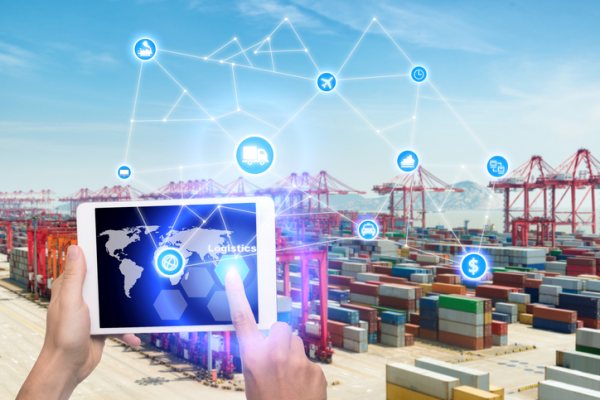While the COVID-19 pandemic has had a devastating impact on society and many national and local economies, it has – alongside the recent incident in the Suez Canal – also served to highlight the fundamental importance of the maritime industry to keep supply chains moving; providing the world with the critical medical supplies, food and consumer goods that are so important in our daily lives, particularly in the current climate.
It has also accelerated the importance and pace of digitalisation within shipping and maritime sector. Increasing operational efficiencies, reducing fuel costs and associated emissions, improving sustainability; all in the name of optimising the performance of the vessel as it moves goods from A to B.
However, while shipping should be lauded for this progressive approach – particularly for a traditionally conservative industry when it comes to new technology uptake – there are inconsistencies within the supply chain, particularly in the critically important ‘first and last mile’, where the wider port environment is hosted.
We’ve all heard of the phrase ‘smart ports’, which has been used as part of the common shipping vernacular for many years. However, the benefits of digitalisation and the ‘smart port’ status remain the preserve of only a few large ‘Tier 1’ ports that have the profile and resources. This digital divide has created a polarised landscape within the port sector, negatively impacting the entire ecosystem.
Indeed, many of the ‘Tier 2 and below’ ports still use manual processes or Excel spreadsheets to arrange and execute jobs and rely on personal interaction and paper-based transactions as the norm for exchanges. This inevitability leads to a range of short-term inefficiencies in ordering, execution, and billing, as well as long-term sustainability, impacting profitability, as well as creating challenges in relation to remaining competitive. The current dynamic reflects the often-messy reality of port operations, and the awkward blend of high-tech digital and manual processes. This inevitably causes interoperability issues, where systems are not talking to each other properly, which is impeding effective execution.
Crucially, this dynamic makes the ‘last mile’ of a journey at sea a weak link in the global logistics chain, opening up risks of delays, late payments, increased fuel consumption and emissions, reduced revenues, and even safety concerns stemming from a lack of traceability for 80% of ports globally who are missing out on the benefits of digitalisation.
The ramifications and missed commercial and operational opportunities for ports are significant. As an example, towage operators miss out on the chance to make substantial savings on their annual fuel costs by reducing the mileage of tugs, while also missing out on saving yearly maintenance costs and personnel costs on their towage vessels.
There is no legitimate reason why digitalisation seems to have only been reserved for the larger top-tier ports and established towage operators and the imbalance must be addressed.
The reality is that there are software and technologies that exist, like the Innovez One marineM platform, which can help ports increase the efficiency, sustainability and profitability of their operations and improve their commercial success and competitiveness, right now and for the future. Most importantly, the tangible benefits and return-on-investment are well proven.
Indeed, marineM has been used in some of Asia’s busiest ports, such as Singapore and Tanjung Priok in Indonesia, for over a decade in some cases, enabling hundreds of thousands of dollars of savings per year. In Tanjung Priok, marineM has saved $155,000 in annual fuel costs by reducing mileage by 20% and $90,000 in annual maintenance costs and $150k per year in reduced incidents.
The 80% of ports that are missing out on digitalisation can make meaningful strides now to secure their short and long-term future. Clearly, the digitalisation of ports should not be for the few but for the many, and we must strive to create a fair and level playing field within the global ports’ marketplace.
This is not just for the benefit of the smaller ports – which play a crucial role in transporting the 90% of global trade chain – but for the future sustainability of the entire maritime industry.
Source: Hellenic shipping news






